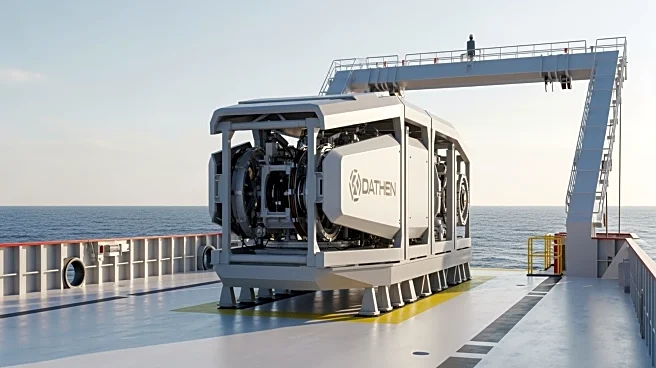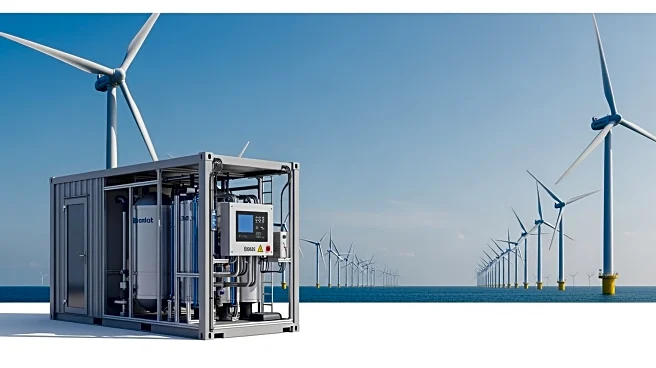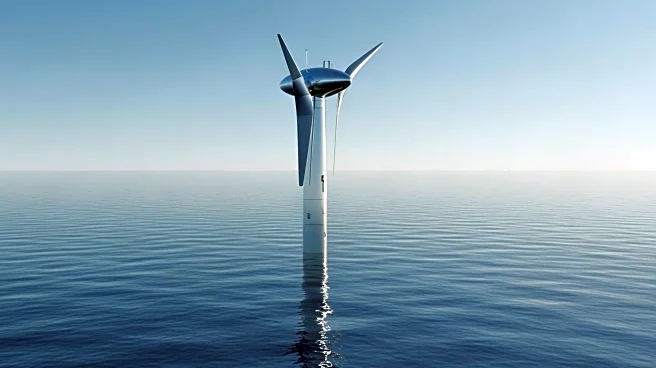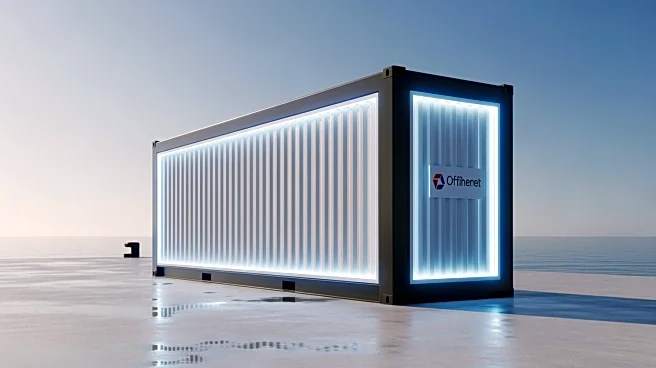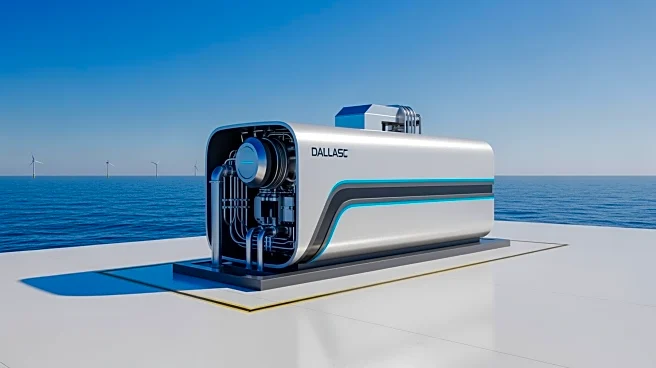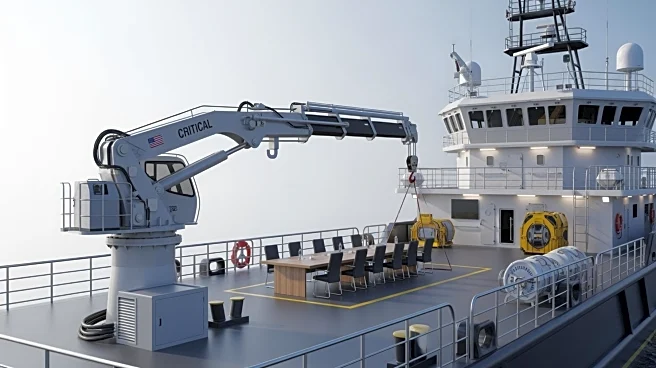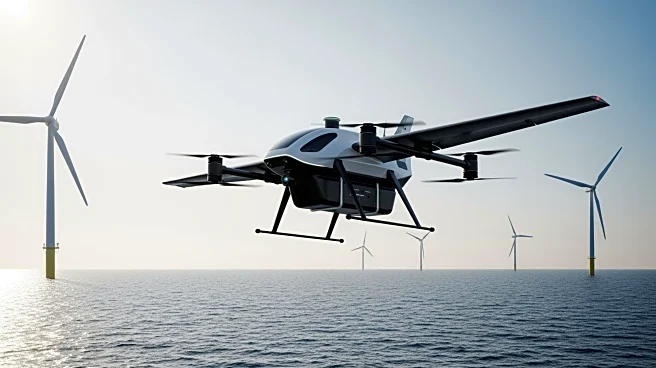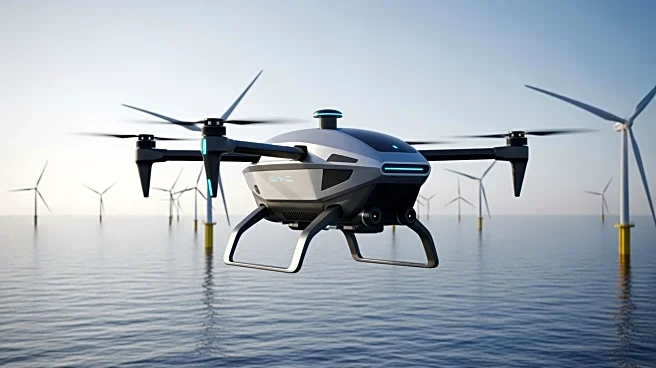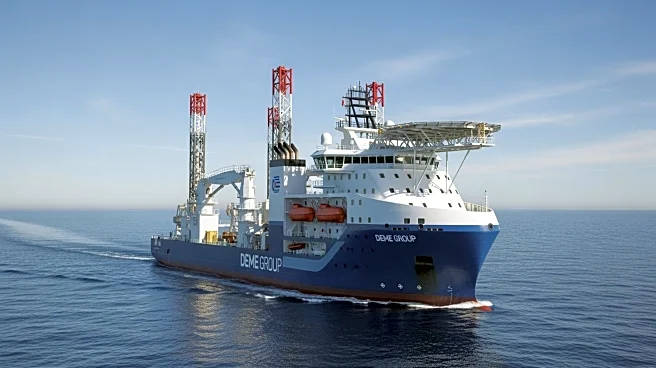What's Happening?
Dutch offshore equipment supplier SMST has been awarded a contract by Norwegian shipbuilder Vard to supply mission equipment for two new Service Operation Vessels (SOVs) being built for North Star. These
vessels are part of a long-term charter agreement with energy company RWE. SMST will provide its Telescopic Access Bridge (TAB) L2, a motion-compensated gangway with advanced automation, and a 5-ton Motion Compensated Crane for efficient cargo handling. This equipment aims to ensure safe and efficient transfer of technicians working offshore. SMST has previously supplied similar equipment for North Star's first two CSOVs, the Grampian Eagle and Grampian Kestrel, which are also set to operate for RWE.
Why It's Important?
The contract highlights the growing demand for advanced offshore equipment as the renewable energy sector expands, particularly in offshore wind operations. The integration of SMST's technology into North Star's vessels underscores the importance of safety and efficiency in technician transfer and cargo handling, which are critical for the operational success of offshore wind farms. This collaboration between SMST, Vard, and North Star reflects the industry's commitment to innovation and reliability, potentially setting new standards for service operation vessels in the renewable energy sector.
What's Next?
As the vessels are equipped with SMST's advanced technology, they are expected to enhance operational capabilities for RWE's offshore wind projects. The successful deployment of these vessels could lead to further contracts and collaborations in the industry, promoting technological advancements and operational efficiencies. Stakeholders in the renewable energy sector may closely monitor the performance of these vessels to assess the impact of such innovations on offshore operations.
Beyond the Headlines
The partnership between SMST, Vard, and North Star may influence future designs and equipment choices for service operation vessels, emphasizing the role of automation and motion compensation in offshore operations. This could lead to broader adoption of similar technologies across the industry, driving advancements in safety and efficiency standards.
